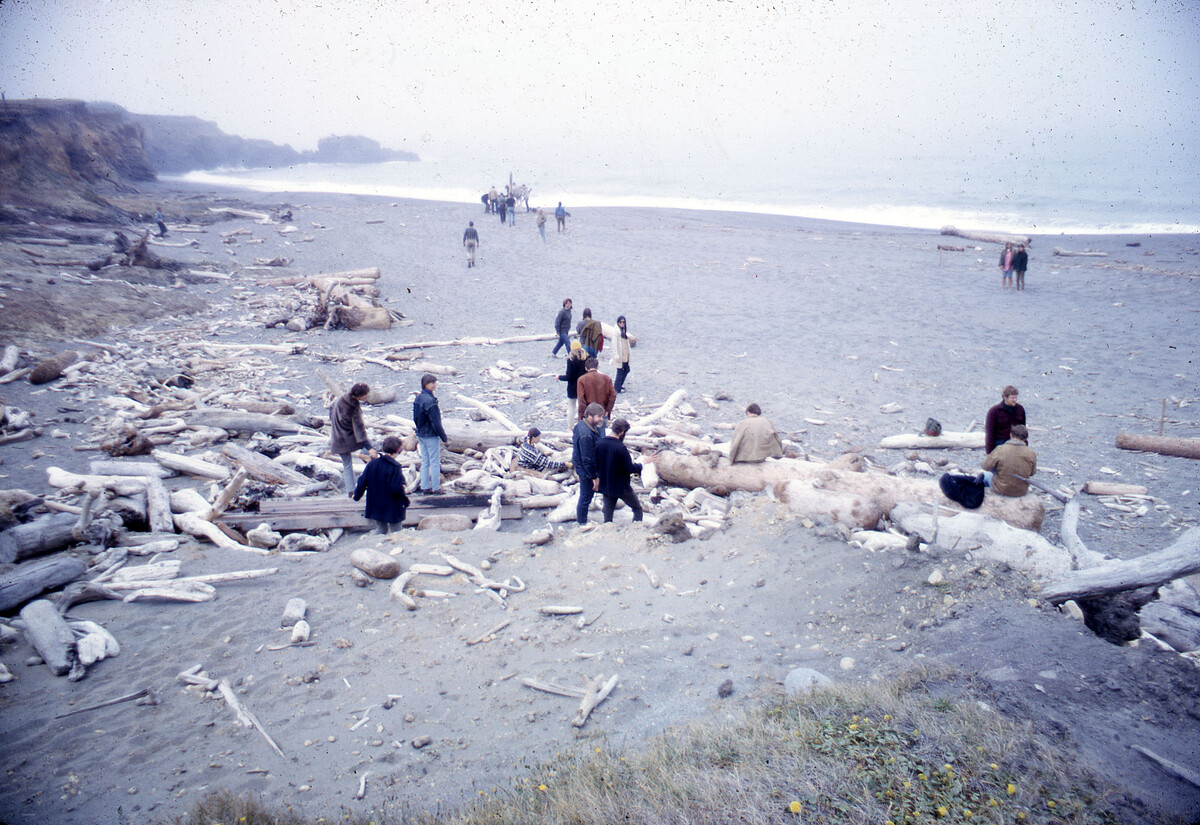Post-master course at the Royal Institute of Art in Stockholm
Flaggmansvägen 1
SE-111 49 Stockholm
Sweden
T +46 8 614 40 00
info@kkh.se
Collective practices exist within all societies and share a rich heritage throughout the fields of arts, politics and sciences. Nowadays, they are qualified by terms like participation, group, collectivity, ensemble, collaboration, mutualisation, community, cooperation, sharing, assembly, commons and network. Often reduced to strictly human activities, they are performed with or by non-human entities–such as pets, viruses, smartphones or artificial intelligence.
Collective Practices is an intensive research course (one-year, full-time). In the course, the term “collective” is considered primarily as a practice: exercises, habits, protocols and attitudes realized on a regular basis. It trains students to “put on the glasses” of the collective and to compose together their knowledge to better understand the complexity of societal issues. To do so, students learn, teach each other and experiment with collective practices that reflect on ownership, governance, environment, technique, discrimination, attention, and knowledge, and contribute to build a more diverse and sustainable society.
The course is led by Grégory Castéra, curator and director of Council (Paris), and co-editor of The Against Nature Journal. Collective Practices is a Post-master by the Royal Institute of Art developed in collaboration with Council.
Symbiotic Organizations
Collective Practices II: Symbiotic Organizations will inquire about the application of symbiotic practices and models to cultural organizations. Often opposed to a narrow interpretation of Darwinism that considers evolution of species as a fight of everyone against each other, symbiosis (from Greek “together,” and “living”) is a close and sustainable interaction between organisms in order to survive.
Since the end of the 19th century, the development of societies has followed this scientific controversy. Whereas competition and individualism became dominant values of art and culture over the 20th century, symbiosis inspires more caring, diverse, cooperative and sustainable practices and models in various fields.
Through collective learning and experimental field work, students will develop proposals on symbiotic cultural organizations. These proposals will be presented in June 2022 through an exhibition, an event, a publication, or any hybrid format.
Course structure
The course is organized around principles of mutual learning, regular practice, holding space for each other and site-specific trans-disciplinary experimentation. It is divided into 10 mandatory blocks of 5-10 days. Between the blocks, weekly sessions happen online (3-5 hours per week), and the students independently develop their work.
The course articulates three organs:
Commissions: experimental field work around one cultural organization over one year.
Studio Practice: a regular training with practices from culture field that use the collective as a medium.
Seminars: mutual learning about key concepts, genealogies and case studies.
The three organs include collective readings, exercises and training, lectures and workshops, group and individual supervision, site visits and study trips, and public events.
Collective Practice research cycle
The first year (2020–21) focused on the elaboration and experimentation of a platform for mutual learning about collective practices at the intersection of art and political ecology. The 5 commissions inquired about a museum of ecological reparation (Imani Jacqueline Brown), a learning platform inspired by the the mangrove schools in Guinea Bissau (Filipa Cesar with Sónia Vaz Borges & Sana na N’Hada), a confederacy of villages in Europe (Inland), the model of the culture house (Mint), a decolonized and indigenous art residency (Massimiliano Mollona & Elizabeth Povinelli) and a space for resters (Julia Morandeira & werker collective). Guest teachers included May Adadol Ingawanij, Nasim Aghili, Emanuel Almborg, La Buse, Alice Chauchat, Wu Chuan Lun, Valentina Desideri, Goldin+Senneby, Johanna Hedva, Every Ocean Hugues, Museum of Capitalism, The School of Poetic Computation, Rojava Film Commune, Trojan Horse (Tommi Vasko and Kaisa Karvinen), Benoît Verjat and David Zilber.
Read more about the course and apply here.


